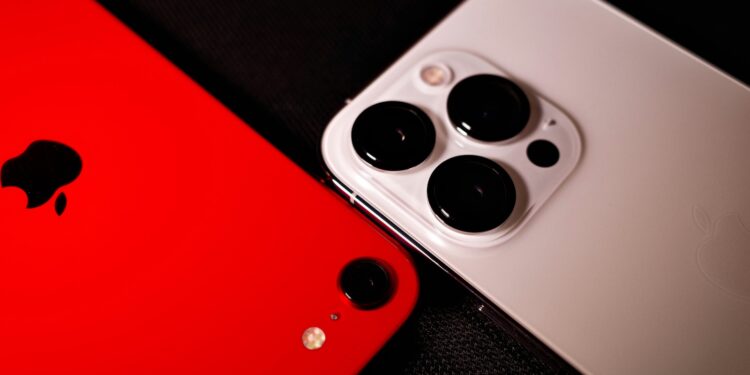The iPhone 18 Pro could take smartphone photography to a whole new level in the next few years. Although the new models are not expected to be launched until September 2026, exciting rumors are already circulating. One feature in particular is causing a stir: a variable aperture, which is said to be installed in an iPhone for the first time. This technology could offer Apple users control over photography that has so far only been possible with professional DSLR cameras.
In the past, Apple has regularly set new standards when it comes to smartphone cameras. Features such as portrait mode or the Photonic Engine have shown how software and hardware can work together to produce impressive images. Now Apple seems ready to take things to the next level: With the variable aperture, the iPhone 18 Pro could make the leap into the league of professional cameras. But how exactly does this technology work and what are the possible advantages and disadvantages?
The technology behind the variable aperture
According to renowned analyst Ming-Chi Kuo, the iPhone 18 Pro will have a variable aperture for its main camera receive. This camera, known as the main or wide-angle camera in older models, uses a 48-megapixel sensor. Unlike previous models with a fixed aperture of ƒ/1.78, the aperture on the iPhone 18 Pro is said to be manually adjustable. This allows you to control the amount of light that hits the sensor. This allows the iPhone 18 Pro to perform better in different lighting conditions. An important partner in this project is the Dutch manufacturer BE Semiconductor. It is said to supply the special equipment needed to manufacture the aperture blades.
What are the benefits of the variable aperture in practice?
- Depth of field and focus: With a variable aperture you can determine how sharp the foreground is compared to the background. This would be particularly interesting for portrait shots, as the bokeh effect - the blur in the background - looks more natural.
- Flexibility in lighting conditions: In bright light, such as outdoors, you can narrow the aperture to avoid overexposure. In low light, however, you can open the aperture wider to capture more brightness.
- Professional features in a small space: Until now, such functions were mainly reserved for DSLR cameras from brands such as Sony and Canon. By introducing them in a smartphone, Apple could underline the professional claim of its camera technology.
Potential limitations
While variable aperture technology is exciting, it could be limited by the limited sensor size of a smartphone. Smartphone sensors are smaller than those of DSLR cameras, which means that depth of field cannot be changed as much. Without a larger sensor, it remains unclear how noticeable this innovation will actually be. However, Apple continues to rely on software solutions such as portrait mode, which artificially blurs the background. A larger sensor could significantly improve this effect and make photos look more natural. However, Ming-Chi Kuo has not yet provided any precise information on this.
Why the iPhone 18 Pro?
Interestingly, there have already been rumors that the iPhone 17 could be equipped with a variable aperture. But Kuo is convinced that this feature will only be introduced with the iPhone 18 Pro. This is probably due to the technical complexity and the associated challenges in mass production.
A step towards DSLR quality: The camera of the iPhone 18 Pro
The introduction of a variable aperture on the iPhone 18 Pro could be a real milestone in smartphone photography. If Apple successfully implements this technology and perhaps even combines it with a larger sensor, users could take photos that were previously only possible with professional cameras. Nevertheless, it remains to be seen how useful this feature is in practice, as the limited size of the smartphone presents some challenges. So there is still time to learn more details and possible improvements before the market launch in 2026. But one thing is clear: the iPhone 18 Pro is eagerly awaited by photography enthusiasts. (Photo by Unsplash / Kina)
- iPhone 17 Pro: Will the “triangular” layout remain?
- iPhone 17 Air & foldable iPhone: How Apple plans the future





